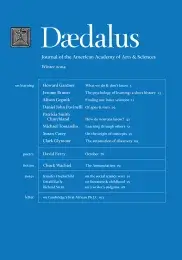on a writer’s endgame
Haven’t I given specimen clues, if no more? At any rate I have written enough to weary myself–and I will dispatch it to the printers, and cease. But how much– how many topics, of the greatest point and cogency, I am leaving untouch’d!
–Walt Whitman, “Last Saved Items”
In January of 2002, I retired from fifty-three years of teaching, forty-six of them at the University of Chicago. For tenured professors of my time, the decision to retire is one’s own. I won’t go into the pros and cons that weighed on me for more than a year. One pro, though, was that there would no longer be the slightest academic obstacle to writing. Since I was in the midst of writing what I thought might be my strongest novel, this was a large pro.
For about six post-retirement months, I did work reasonably hard on it. Then the excellent assistant to whom I dictated–I won’t go into my compositional habits–left for the summer. I was partly relieved, for I felt that I no longer needed the stimulus of her pen poised over the pad of yellow paper waiting for my words. I’d spent the academic year 1999–2000 without such assistance and managed to write a great deal in the manner of my first twenty-five or thirty writing years.
I did though take a pause, partly to relax, partly to reflect on this span of experience in the lives of other writers.
Retirement from teaching had pushed my old friend and longtime colleague Norman Maclean through a door he might otherwise never have gone. He’d not been regarded as an important scholar, had published fewer than a handful of articles, but was thought of as a great teacher.
Then in his last seventeen years he shifted into a very different gear and produced two fine books at an age that sees most people, let alone most writers, rocking on the porch of recollection. The first was a best-selling memoir novel, A River Runs Through It; the second, the posthumously published Young Men and Fire, was brilliantly carved by Alan Thomas and, to a lesser extent, by Wayne Booth, out of a much larger manuscript. Maclean became not only a celebrated writer, but a role model for retirees (he was featured this way in such periodicals as People).
His two books had been stirring in him for decades. The first flowed from the death of his gifted daredevil brother Paul, not in a Montana bar fight . . .
